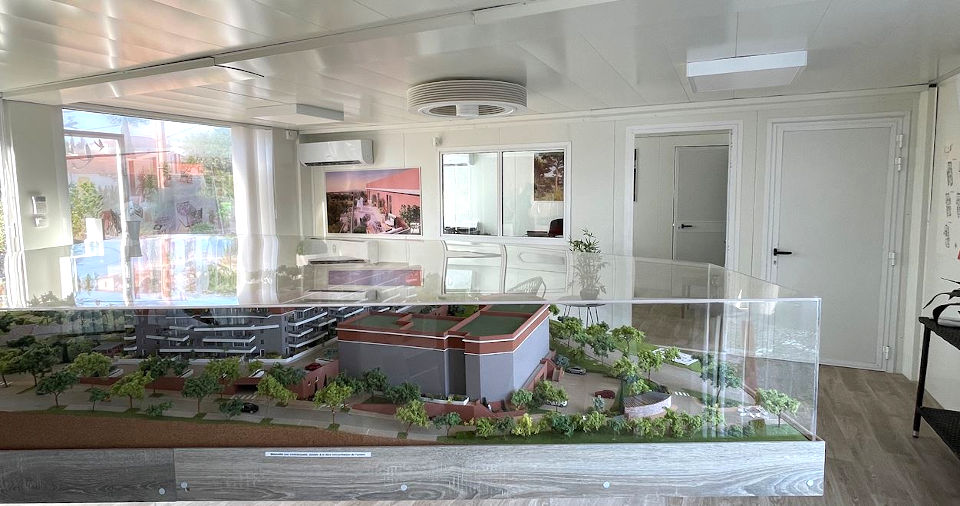Solutions for the residential sector
Collectives houses
We equip all types of collective housing:
- Private buildings being built to the RE2020 standard
- CROUS
- Nursing homes
- Military barracks (as on the Île du Levant).
Ceiling fans in collective houses: a solution for limiting summer discomfort, but not the only one.
1. What is the context?
- Summer & mid-season comfort: Within the RE2020 regulatory framework, ceiling fans offer an interesting lever in the DH calculation to limit summer discomfort, particularly in zone H3, H2D, H2C (see map). We have seen that in this zone (Mediterranean arc), it is difficult to achieve RE2020 compliance in non-through dwellings (more than 80% of cases) without installing ceiling fans. They are therefore recommended for regulatory, economic and ease of installation reasons.
- Winter comfort: Even if winter comfort is not yet taken into account in the RE2020 calculation, ceiling fans can save energy in winter by destratifying the dwelling and therefore heating less.
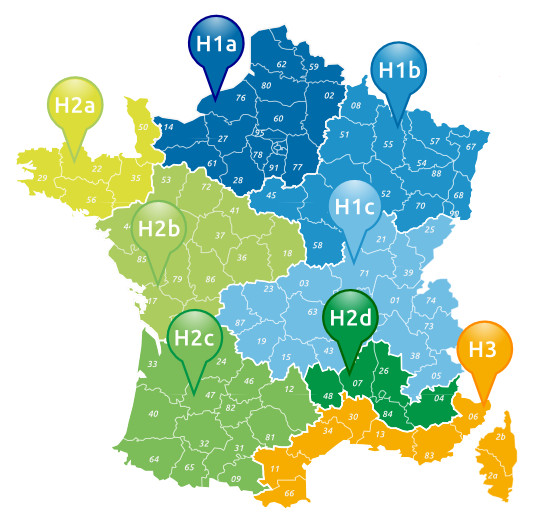
2. Simulations of ceiling fans in RE2020 calculation engines
Simulations carried out in partnership with leading thermal engineering consultancies have shown that the use of ceiling fans represents the ideal passive solution for limiting the risk of summer thermal discomfort (350≤Degrees-hours≤1250), while being economical and easy to install.
You can find these simulations in the blog articles below, as well as our RE2020 data entry sheets:
Without blades
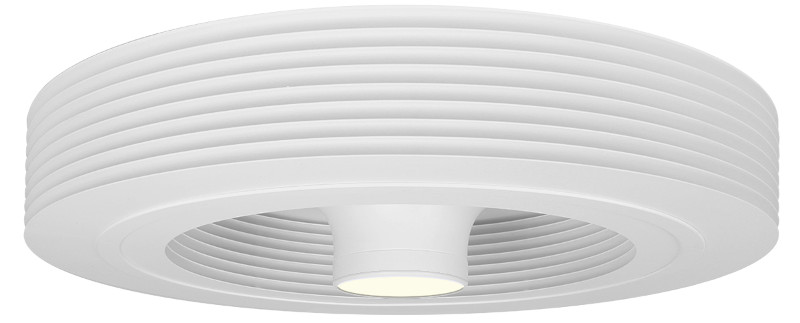
Exhale

With blades
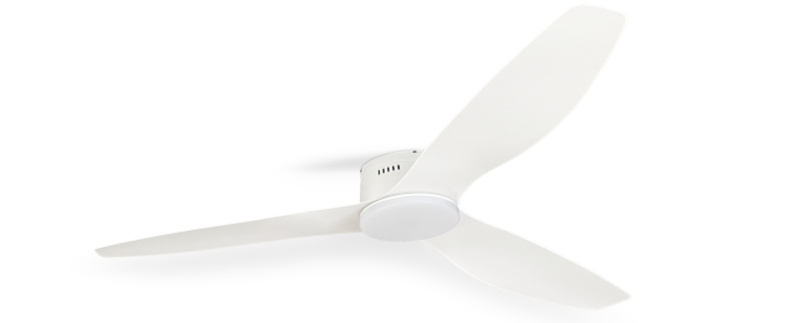
Samarat
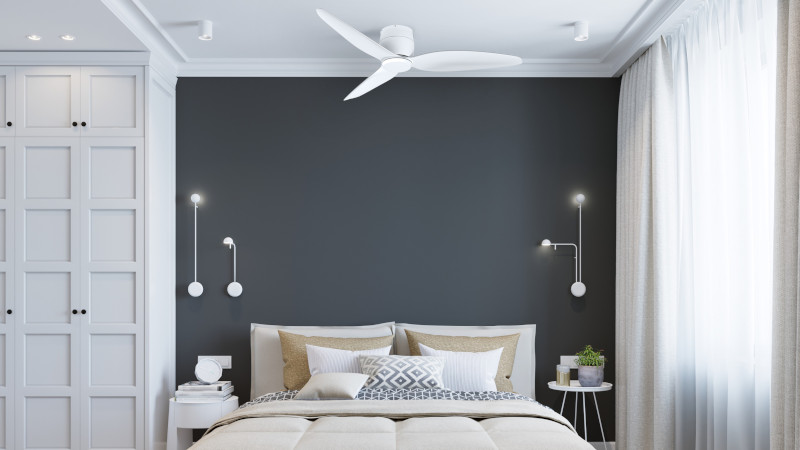
3. How are our ceiling fans different?
Our customers prefer Exhale and Samarat fans for the following reasons:
- Energy performance, especially for the Samarat with 11,887m3/h for a consumption of 43 watts. Its performance is justified (laboratory-tested) with a thermostat option that maximises the degree-hour lever.
- Compliance with safety standards (2m30 under the blades of standard NF EN CEI 60335-2-80). Our ceiling fans are ultra-flat and provide a solution for particularly low ceilings (2m47-2m48 in real terms), a standard often checked by inspection bodies (Article: RE2020: What are the blade height rules?).
- Lighting :
- Electronic circuit (PCB) option without memory. This requires the fan speed buttons to be activated when the wall light switch is reactivated (the wall light switch is only used to control the lighting).
- The LED unit is independent of the motor unit and therefore interchangeable without having to change the whole fan.
- Service : We work hand in hand with developers and their design offices to define the ideal dimensions and layout to optimise DH and Cep, while keeping budgets under control.
- Lifetime warranty (parts) on the Samarat and Exhale (motor, LED, remote control, etc.) shows the seriousness and quality of these appliances.
- A French company with sales and technical support, warehousing, fan assembly, logistics (individual or large quantities) and after-sales service are handled by available, responsive contacts.
Blog posts
Collective housing on the Mediterranean rim: how to comply with the RE2020 constraints?
Some energy consultancies might be tempted to say that this is a case of squaring the circle.
Maxime Jaymond, head of the New Energie Concept & Carbone design office, has risen to the challenge, even for the most complex configurations, such as those in high noise zones (BR2 and BR3), and has contributed his simulations to this publication.
Ceiling fans: what are the layout rules?
Ceiling fan layout: saving means and resources. Why is a precise fit between different air curtains so important?
Two imperatives need to be reconciled: the budgetary imperative and the thermal comfort imperative. Too few fans in a given space, and comfort becomes insufficient. Too many fans in the same space, and the budget slips…
RE2020: what are the rules for height under the blades?
In the text of RE2020 concerning ceiling fans, it is stated that the fan model used ‘is valid for ceiling heights of less than 3m’.
Nothing is said about the minimum height under the blades.
However, in the French overseas territories, two regulations describe safety height rules for ceiling fans.

